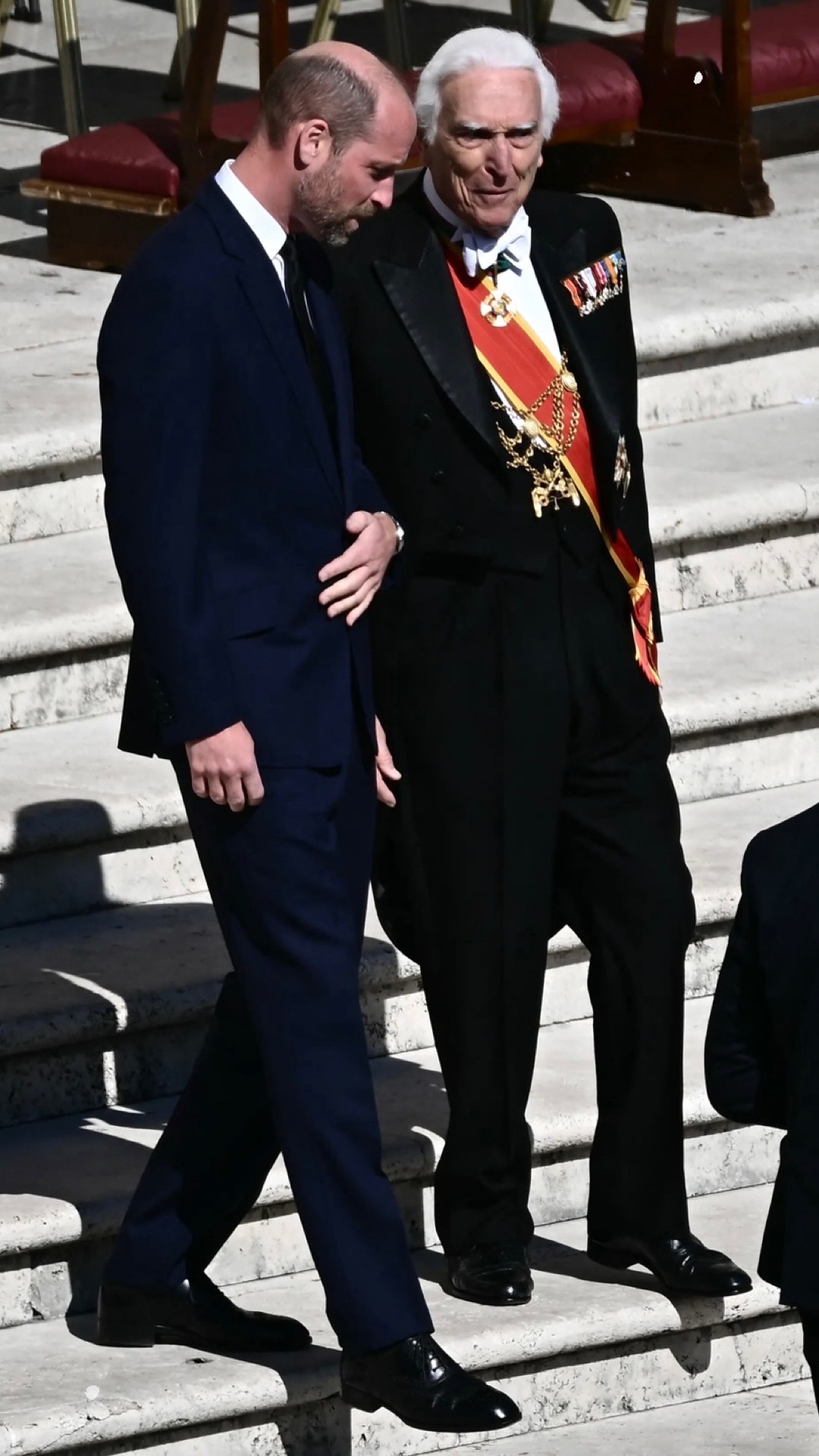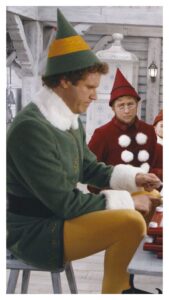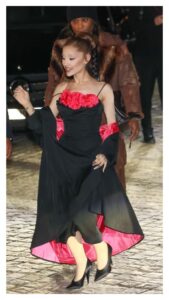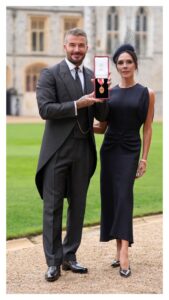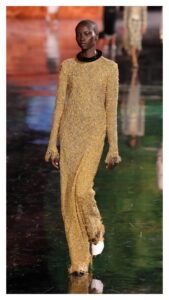Prince William’s Shocking Snub: The Hidden Politics Behind His Unusual Seating at Pope Francis’ Funeral
On Saturday, the world witnessed a historic farewell to Pope Francis at a grand funeral held in Vatican City, attended by a multitude of dignitaries, world leaders, and royals. Amidst the solemnity of the occasion, one notable detail left royal observers scratching their heads: Prince William, the Duke of Cambridge, was seated several rows behind other prominent royals and world leaders, including UK Prime Minister Sir Keir Starmer. This unconventional placement ignited discussions and speculation about its implications.
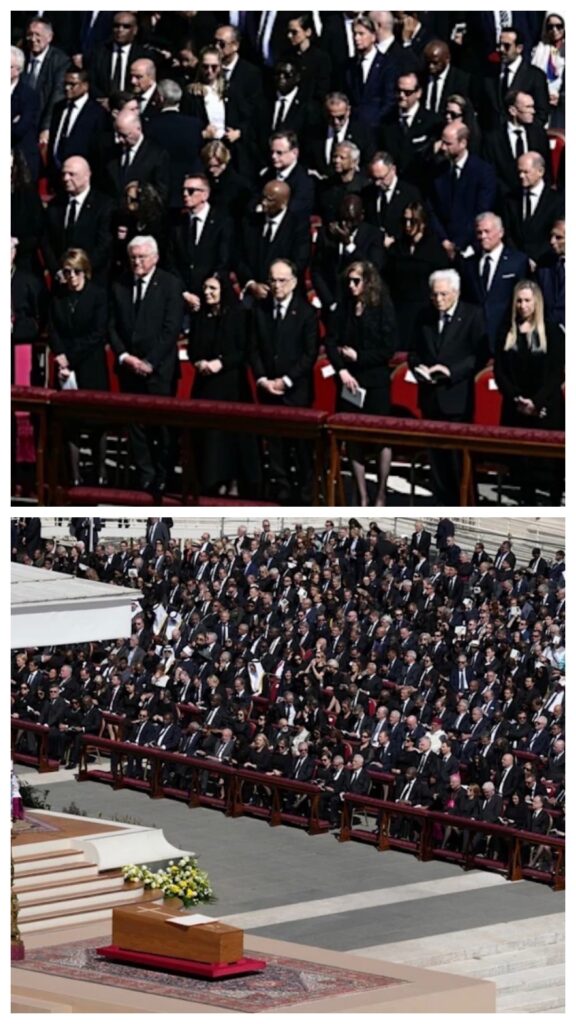
Prince William's Shocking Snub: The Hidden Politics Behind His Unusual Seating at Pope Francis' Funeral

